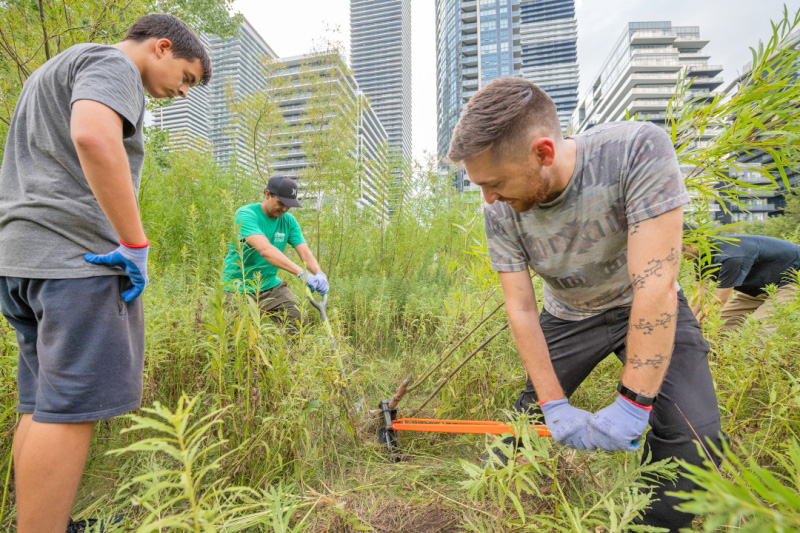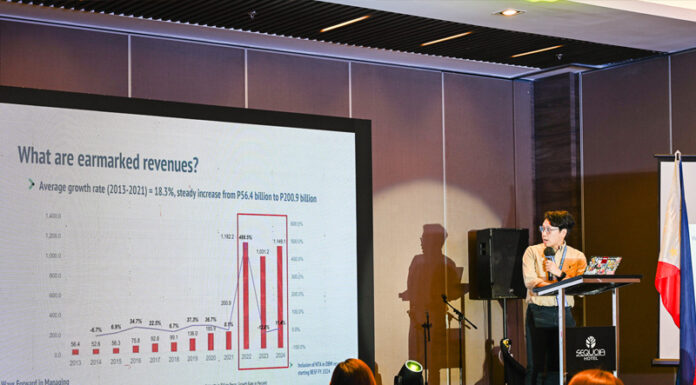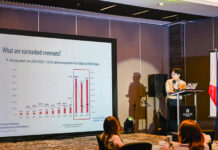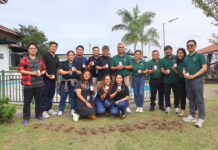Part 2 of the 3-Part Series
AS well as providing technical and financial support to more than a dozen pilot cities, Generation Restoration is showcasing role-model cities such as Toronto. It is the largest of a series of urban areas clustered around the western end of Lake Ontario. Dubbed the “Golden Horseshoe,” this is the most densely populated and industrialized area of Canada. But Toronto has managed to protect its natural heritage even as it has expanded.
Central to Toronto’s sustainability strategy are the hundreds of kilometers of ravines that slice through many city districts. Together, these valleys cover about 11,000 hectares, or 17 percent of the total city area, according to municipal officials.
Toronto has restricted development in the ravines and other low-lying areas since 1954, when a freak hurricane caused severe flooding that killed dozens of people and washed away homes and bridges.
Today, the ravines include restored and artificial wetlands that soak up rainfall and mitigate flood risk. There are more than 300 kilometers of maintained trails and even canoe-able rivers for Torontonians to rest and play.
The ravines also hold much of Toronto’s “urban forest”–the collective term for the 11.5 million trees within the city limits. Those woodlands include sugar maple, white pine and hemlock trees that support birdlife, from barred owls to indigo buntings.
Keys to success
Underpinning their protection is a framework of laws and regulations that reflects how provincial and municipal leaders have come to recognize that the health and resilience of the city, including its capacity to mitigate and adapt to climate change, depend on nature.
According to the municipality, the restored ravines and urban forest provide ecosystem services worth hundreds of millions of dollars annually by offering recreational opportunities, removing pollution and saving energy.
“Framing it that way is how you get the political buy-in,” says Wendy Strickland, Toronto’s focal point for the Generation Resto-
ration project and a manager of the city’s ravine strategy. “For some, nature is just ‘nice to have,’ but resilience is critical to the city.”
Toronto’s legal framework also includes resilience and biodiversity strategies, and a forest management plan. Bylaws preserve street trees and require planting, and sustainable performance standards offer incentives for developers to go beyond legal requirements.
For example, the municipality prioritizes underserved areas with low tree cover for its tree-planting efforts and encourages residents to help maintain them.| (To be continued)| – UNEP News





















